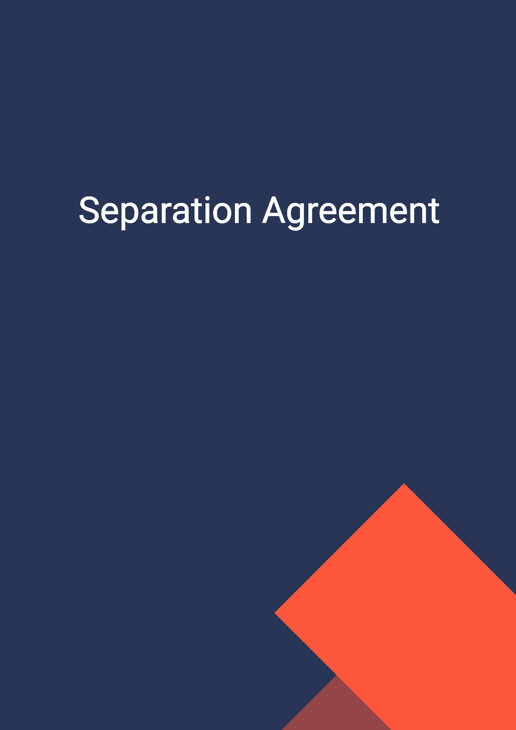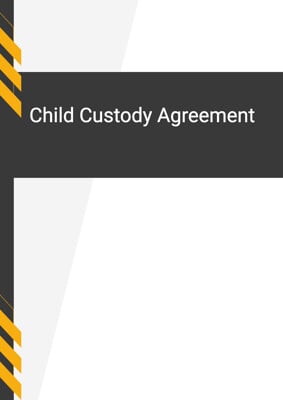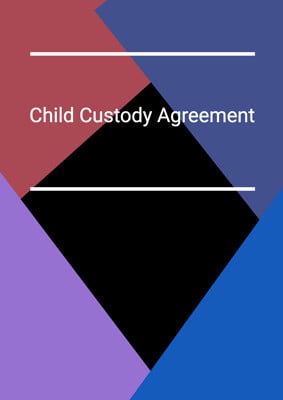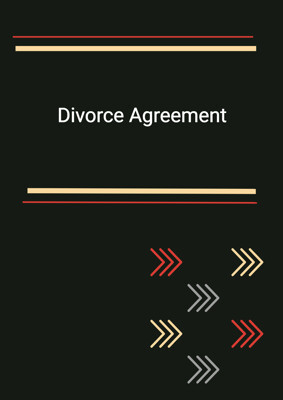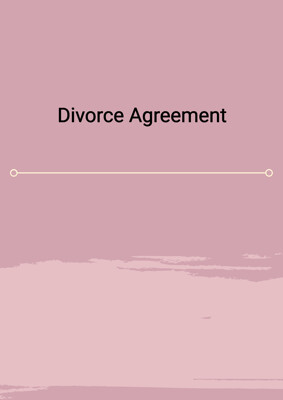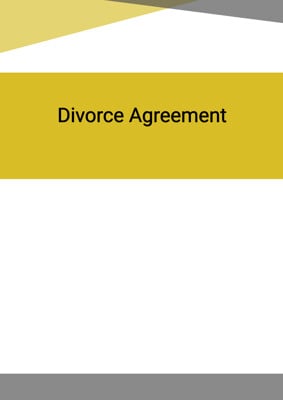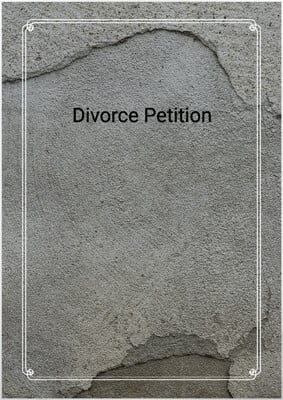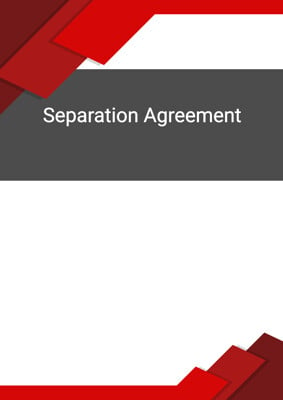How to Tailor the Document for Your Need?
01
Create Document
Fill in the details of the parties. You can click the "Fill with Member’s Information" button to complete it with information saved to your account.
02
Fill Information
Please fill in any additional information by following the step-by-step guide on the left hand side of the preview document and click the "Next" button.
03
Get Document
When you are done, click the "Get Document" button and you can download the document in Word or PDF format.
04
Review Document
Please get all parties to review the document carefully and make any final modifications to ensure that the details are correct before signing the document.
Document Preview
Document Description
The Separation Agreement is a legal document that outlines the terms and conditions for the separation of a married couple. It is important because it provides a clear and legally binding agreement between the parties involved, ensuring that both parties are aware of their rights and responsibilities.
The entire document is divided into several sections, each addressing a specific aspect of the separation. The background section provides information about the marriage and the reasons for the separation. It acknowledges that the marriage has broken down irretrievably and that the parties wish to live apart.
The document then proceeds to outline the terms of the separation. Section 1 establishes the separation date and the intention of the parties to live separate and apart. It also specifies that neither party should enter the other's living space or work without invitation or approval.
Section 2 addresses child custody. It confirms that the parties are the parents of one minor child and sets out the terms for custody and visitation rights. Section 3 covers child support, including the amount to be paid by the wife and the responsibilities for medical and educational expenses.
Section 4 deals with spouse maintenance, stating that the wife will pay nominal maintenance to the husband until his remarriage or the joint lives of the parties. Section 5 addresses the transfer of cohabitation property, specifying that the wife's share or interest in the property will be transferred to the husband.
Section 6 clarifies that all pre-marital and post-marital property, except for the cohabitation property, will be regarded as each party's separate property. Section 7 outlines general obligations, including the liability for debts and civil or criminal liabilities. Section 8 contains undertakings by both parties to accept the provisions of the agreement.
Section 9 acknowledges that the parties have sought independent legal advice and fully understand the nature and effect of the agreement. Section 10 confirms that full and frank disclosure of means and resources has been made. Section 11 includes general provisions, such as the agreement's fairness and its non-condonation of divorce.
Section 12 states that any amendment or variation of the agreement must be recorded in a supplemental deed. Section 13 confirms that the agreement constitutes the entire agreement between the parties and supersedes any previous agreements. Finally, Section 14 states that the agreement is governed by the laws of the jurisdiction state.
Each section of the document provides specific details and provisions that are crucial for the separation process. By addressing various aspects such as child custody, child support, property division, and general obligations, the agreement ensures that both parties are aware of their rights and responsibilities, providing a clear and comprehensive framework for the separation.
How to use this document?
1. Determine the separation date and the intention to live separate and apart from each other.
2. Establish the terms for child custody, including legal custody and physical custody.
3. Agree on the amount of child support to be paid by the wife and the responsibilities for medical and educational expenses.
4. Determine the amount of spouse maintenance to be paid by the wife to the husband.
5. Transfer the wife's share or interest in the cohabitation property to the husband.
6. Clarify that all pre-marital and post-marital property, except for the cohabitation property, will be regarded as each party's separate property.
7. Understand the general obligations, including liability for debts and civil or criminal liabilities.
8. Accept the provisions of the agreement and waive any future claims against each other.
9. Seek independent legal advice to fully understand the nature and effect of the agreement.
10. Make full and frank disclosure of means and resources.
11. Ensure that the agreement is fair, just, equitable, and satisfactory to both parties.
12. Understand that the agreement does not constitute a consent to or condonation of divorce.
13. Seek court approval to incorporate the agreement into a final decree of divorce.
14. Record any amendments or variations to the agreement in a supplemental deed.
15. Understand that the agreement constitutes the entire agreement between the parties and supersedes any previous agreements.
16. Comply with the governing laws of the jurisdiction state.
This guidance provides a step-by-step approach to using the Separation Agreement. It emphasizes the importance of understanding and complying with the terms and provisions of the agreement, as well as seeking independent legal advice. It also highlights the need for full disclosure and the fair and equitable resolution of all matters related to the separation.
Not the right document?
Don’t worry, we have thousands of documents for you to choose from:
